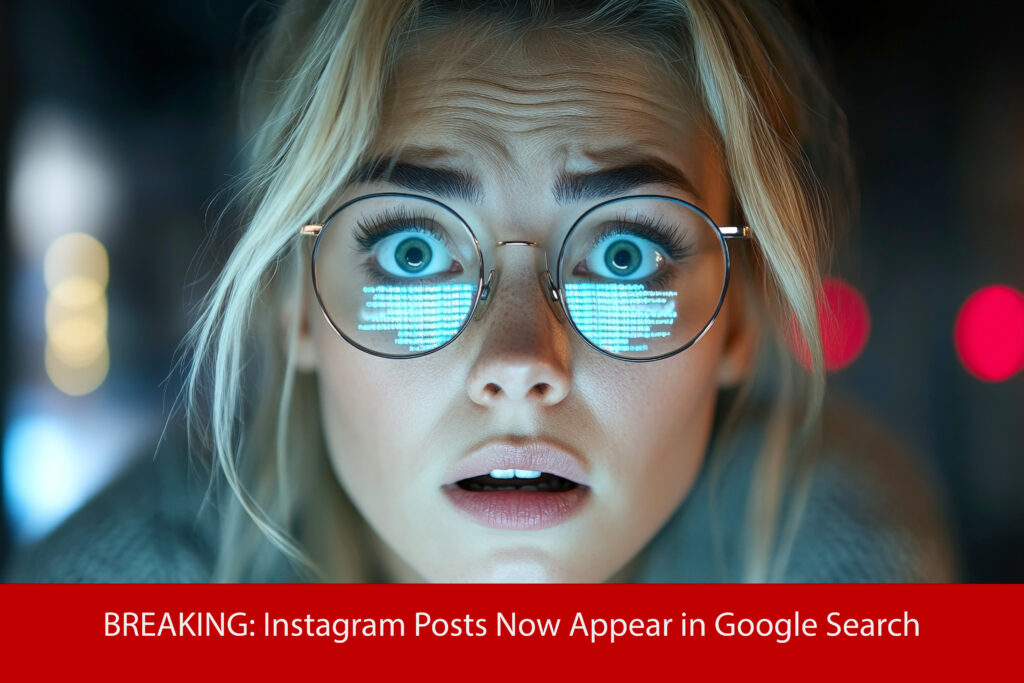One of the most common questions I get — whether at workshops, in client meetings, or networking events — is:
“How do you stay on top of everything in digital and traditional marketing?”
And let’s be honest — it’s a fair question.
With marketing platforms evolving at breakneck speed, new tools launching monthly, and algorithm shifts changing the rules overnight, it can feel almost impossible to keep up. Just when you think you’ve figured out how something works, the rug gets pulled, and you’re starting over again.
So here’s the truth: you can’t afford to “keep up” passively.
If you’re not actively learning every single day — testing, reading, adjusting, and staying plugged in — you’re falling behind. And if you’re relying only on what you learned in university or what was covered at last year’s conference, you’re probably already outpaced by your competitors.
Let’s explore why, and more importantly, what you can do about it.
Digital Marketing Moves Faster Than Any Textbook
Let’s rewind to a major shift that quietly changed how we use one of the biggest platforms on the planet: Instagram.
In December 2024, Instagram announced it would be removing the ability to follow hashtags. That meant users would no longer see content from followed hashtags in their feeds — a huge change for discoverability.
Now, at face value, it may have sounded like a small tweak. But for those of us watching closely, it signalled something much bigger:
Instagram was pivoting toward search-based content discovery — just like Google.
In other words: SEO is now part of your Instagram strategy.
If your captions are vague, your descriptions short, and your keywords non-existent, your content won’t show up — not in search results, not in AI recommendations, not anywhere.
This didn’t come from a textbook. It wasn’t part of a formal course. It didn’t even hit most marketing blogs until months after the rollout. The only way to see it coming was to be in the trenches — creating, posting, testing, reading updates, and listening to the subtle signals the platforms were sending.
Instagram, Google, and the Rise of AI-Powered Discovery
In early 2025, we saw another wave of innovation with far-reaching implications for marketing and eCommerce: AI-powered chat results started pulling product listings into real-time search conversations.
Let that sink in.
You’re no longer just competing on traditional search engine results pages. Now, AI tools like Google’s Search Generative Experience and Meta’s integrated assistants are recommending products, services, and content directly in chat-style interfaces.
What does that mean?
It means the quality and structure of your listings — your product descriptions, your metadata, your copy, your reviews, even your image alt text — all affect whether your product appears in an AI-generated answer.
And here’s the kicker: you don’t get to “buy your way in” the old-fashioned way. AI engines rely on structured data, trust signals, and relevance — not just ad spend. So if your content isn’t ready, you’re invisible in one of the fastest-growing spaces in digital discovery.
Again, this didn’t arrive with a parade. It wasn’t announced in flashy webinars or marketing courses. It showed up, quietly, and those who were paying attention jumped on it.
Traditional Marketing Is Changing Too — It’s Not Either/Or
Now, let’s not forget about traditional marketing.
Radio, print, TV, billboards, flyers — these channels are still alive and well. But the way we use them has changed. It’s no longer about standalone messages — it’s about how traditional media supports your digital ecosystem.
A print ad with no QR code? A radio spot with no digital follow-up? These are missed opportunities.
In today’s market, traditional media works best when it leads the audience back to your digital home — whether that’s your website, your online shop, your socials, or a lead capture funnel. And once they’re there, your content has to do the work: converting, persuading, building trust.
So even if you’re a traditional marketer, you need to understand digital — and vice versa. The days of “I don’t do digital” or “I don’t touch print” are over. Integrated marketing is the only marketing.
Why Formal Education Isn’t Enough Anymore
Let me be clear: I respect formal education. I value the frameworks, the strategic thinking, the academic discipline.
But in marketing, your degree is your foundation — not your fuel.
Marketing courses, books, and workshops can be incredibly valuable. But they often lag behind reality by months or even years. Why? Because it takes time to research, validate, write, and publish — by which point, the industry has moved on.
By the time a technique shows up in a workshop or seminar, it’s already been used, refined, and abandoned by the most agile marketers in the field.
So if you’re only learning from structured education, you’re already behind. You must supplement it with hands-on learning, daily exploration, and real-time feedback loops.
The Problem with Waiting for the Next Big Seminar
Here’s a trap I see too many professionals fall into:
“I’ll just wait for the next course, event, or certification before I try that new platform or update my strategy.”
That delay — while it feels cautious — can be costly. Because by the time something makes it to the mainstream stage, the early adopters have already moved on to the next technique.
Think about how long it took influencer marketing to be taken seriously. Or how many years email marketing was considered outdated — until newsletters made a roaring comeback.
The secret strategies you hear about at conferences? Those were being tested by agile marketers 18–24 months ago. Now they’re just being packaged and sold.
If you wait for permission, you’re already losing ground.
The Mindset That Keeps You Ahead: Test, Learn, Adapt, Repeat
So what do I do to stay ahead?
Here’s my framework — and it’s not rocket science.
1. Daily Platform Time
I spend time in the platforms every day. Not just scheduling posts — I’m actively reading updates, testing content, clicking on ads, engaging with new features.
2. Active Experimentation
I treat every piece of content, campaign, or ad like an experiment. I test image styles, headlines, tone of voice, call-to-action phrasing, and post timing. I track results, adjust, and do it again.
3. Selective Reading
I follow select sources: platform update blogs (Meta, Google, YouTube), SEO newsletters, algorithm changelogs, and a curated list of practitioners — not just commentators.
4. Community Involvement
I talk to other marketers. I read their case studies, attend niche webinars, and join Slack groups or Reddit forums where real marketers share real learnings.
5. Tool Testing
I constantly test new tools. From AI writing assistants to automation platforms to analytics dashboards — I want to know what’s out there and how it performs in real-world use.
What Happens If You Don’t?
Let’s be blunt: if you don’t stay current, you lose revenue.
Your ads underperform.
Your content stops reaching people.
Your search rankings drop.
Your email open rates nosedive.
Your competitors take your market share.
This isn’t theory. I’ve seen it happen again and again — with businesses that had strong branding, a great product, and a loyal following, but no agility.
They kept using techniques that worked in 2019 or 2021, not realising that the rules had changed. By the time they asked for help, they were in catch-up mode — and catch-up is always more expensive than staying ahead.
Marketing Is a Daily Discipline
Marketing today isn’t just creative. It’s not just strategic. It’s not just digital. It’s all of the above — and it’s daily.
The marketers and businesses that succeed in 2025 and beyond are those who treat marketing like a living, breathing organism. They don’t wait for updates. They go looking for them. They don’t rely on yesterday’s strategy. They test tomorrow’s tactics today.
So if you’re wondering how to stay current, here’s the honest answer:
Do the work. Every day. Be curious. Be experimental. Stay uncomfortable.
And remember: by the time it’s mainstream, it’s already outdated.
Let’s Connect
If you’re a marketer, business owner, or entrepreneur trying to make sense of this ever-changing landscape — or you’re looking for someone who’s already tested the new tools and strategies — I’m always open to sharing what’s working, what’s not, and what’s next.
Let’s learn together — and stay ahead, together.







